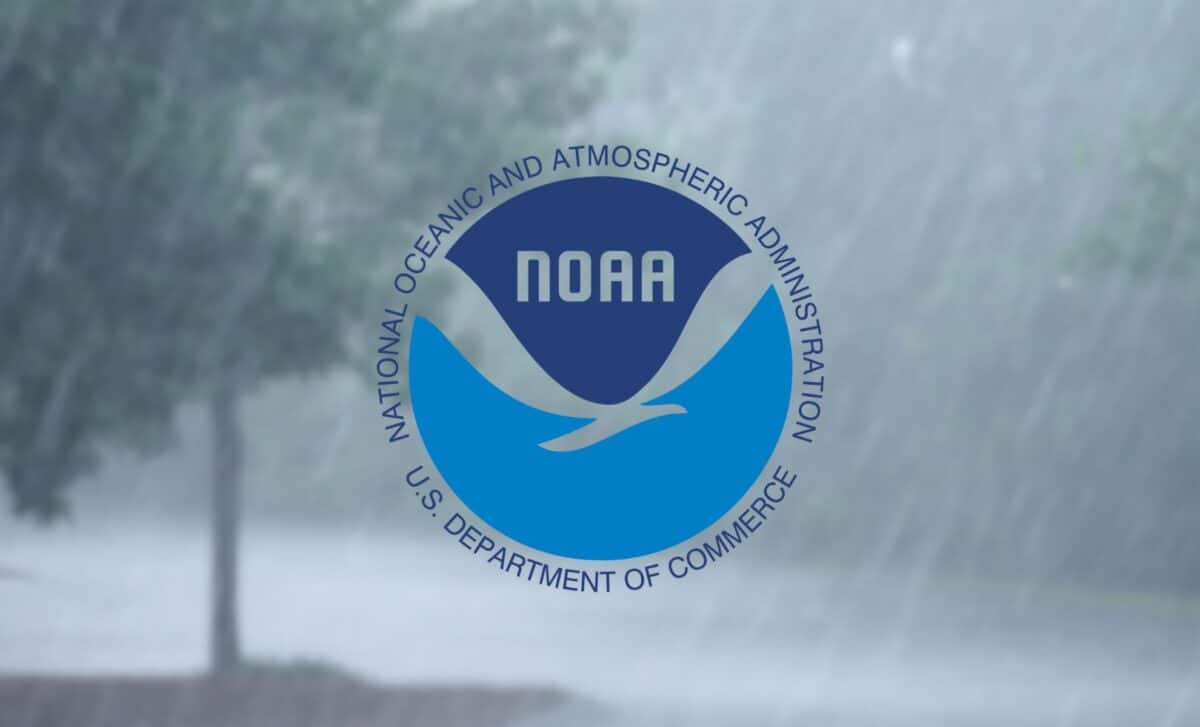The National Oceanic and Atmospheric Administration (NOAA) is set to lay off an additional 1,000 employees, further straining an agency already struggling with previous staff reductions.
According to The Independent, the latest cuts will impact 10% of the remaining workforce, exacerbating concerns over the agency’s ability to fulfil its mission.
These layoffs follow the dismissal of nearly 1,200 workers last month, prompting warnings from former officials about severe disruptions to critical operations, including weather forecasting, ocean monitoring, and climate research.
Experts fear the reductions could weaken the US’s ability to predict and respond to extreme weather events, a growing concern in an era of increasingly volatile climate patterns.
Deepening Cuts Threaten Essential Services
NOAA’s latest wave of layoffs comes at a time when the agency was already understaffed. According to former NOAA Administrator Dr. Richard Spinrad, the organisation had been struggling to meet its congressionally mandated mission even before the recent workforce reductions.
“Until NOAA’s response is provided we won’t know which personnel and which offices will be affected, but a cut of that size (1,029 staff) on top of the almost 1,200 already either terminated or issued deferred resignations will have significant impact on NOAA’s mission,” former administrator Dr. Richard Spinrad told The Independent in a statement.
The first round of job losses affected key divisions, including local forecasting centres, commercial fisheries, and research programs. According to the British news outlet, some critical offices, including those in Boston and Boise, Idaho, have been left so depleted that maintaining 24/7 operations has become uncertain.
Beyond forecasting, the National Weather Service (NWS) and satellite operations are also expected to feel the strain. NOAA’s responsibilities extend beyond meteorology, encompassing satellite management, ocean data collection, and coastal monitoring, all of which depend on highly trained personnel.
As a result, the reductions could have widespread consequences, potentially affecting disaster preparedness, maritime safety, and aviation forecasting.
Fears Over Noaa’s Future and Possible Privatisation
The scale of the layoffs has raised concerns about the long-term viability of NOAA’s public services. Tom DiLiberto, a former NOAA climate scientist, described the situation as making the US and the world less safe, pointing to the critical role NOAA plays in monitoring climate trends and severe weather.
Some former officials fear that these cuts could lead to privatisation. Project 2025, a policy agenda backed by conservative groups, includes proposals to transfer NOAA’s weather services to private companies. This shift could force the public to pay for weather data, which currently costs around six cents per person per day as a public service.
Critics argue that such a shift could limit access to essential weather information, particularly for smaller communities, emergency services, and industries reliant on accurate forecasts.
If NOAA’s capacity continues to decline, the US could face increasing difficulties in responding to hurricanes, wildfires, and other extreme weather events, raising concerns about national resilience in the face of climate challenges.









